Stüssy & Levi’s® have returned with a new capsule collection
Paying homage to their home state of California, Stüssy & Levi’s® have returned with a new capsule that brings Stüssy’s signature design aesthetic to staple Levi’s® garments. The assortment features a range of trucker jackets and jeans available in three distinctive colorways: black, brown, & pink. Crafted from jacquard fabric and finished with two-tone garment dyes gives each piece a one-of-a-kind result with a washed vintage feel.
ABOUT LEVI’S®
The Levi’s® brand epitomizes classic American style and effortless cool. Since their invention by Levi Strauss & Co. in 1873, Levi’s® jeans have become one of the most recognizable garments of clothing in the world—capturing the imagination and loyalty of people for generations. Today, the Levi’s® brand portfolio continues to evolve through a relentless pioneering and innovative spirit that is unparalleled in the apparel industry. Our range of leading jeanswear and accessories are available in more than 110 countries, allowing individuals around the world to express their personal style.
ABOUT STÜSSY
In the late ’80s and early ’90s, a brand was born from the Southern California surf scene and swept through the clothing landscape to redefine the look and ideology of casual-wear. That brand was Stüssy, a label that grew organically from youth movements and inadvertently revolutionized the clothing business.
Shawn Stüssy was a surfer who used to shape his own boards for friends and locals in Laguna Beach, California. Stüssy began screening t-shirts and shorts to sell along with the surfboards as a form of promotion; his surname written in a graffiti- influenced hand style was to become the company logo. Stüssy inadvertently fell into the clothing business through his deep-rooted love of surfing, and in a few short years, people were talking within the small, insular world of surf and skateboarding in the late ‘80s. Shawn set up small showrooms in New York and California and hit the road, showing his designs to stores he respected. It has since gone on to become one of the most defining cult-respected brands in the history of streetwear.
Stüssy & Levi’s® collection launches worldwide today, November 10th and is exclusively available for purchase on levi.co.za.



CAMPAIGN CREDITS
Photography: Antosh Cimoszko
Model: Evan Clark
Press release courtesy of The Bread
For more news, visit the Connect Everything Collective homepage www.ceconline.co.za



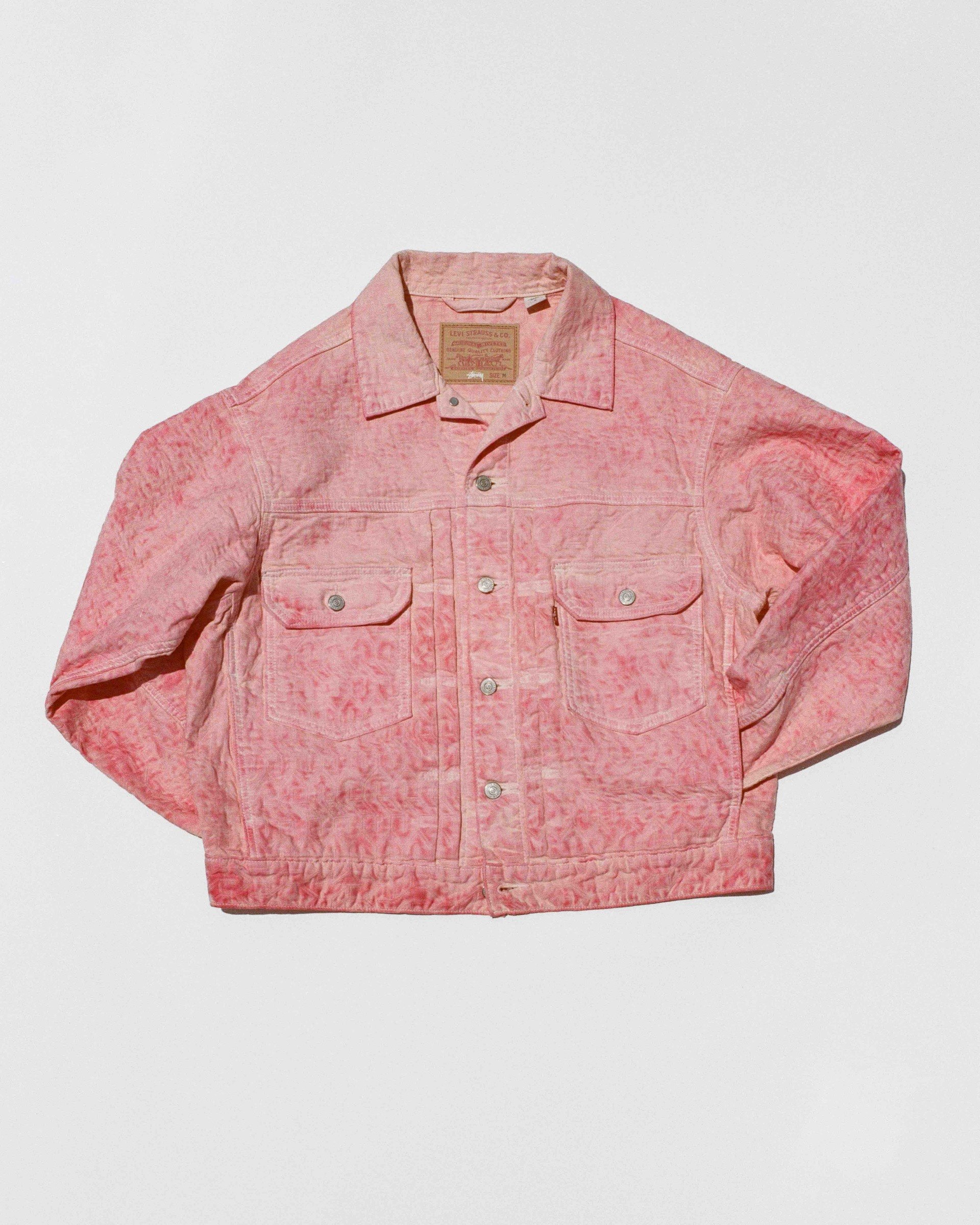
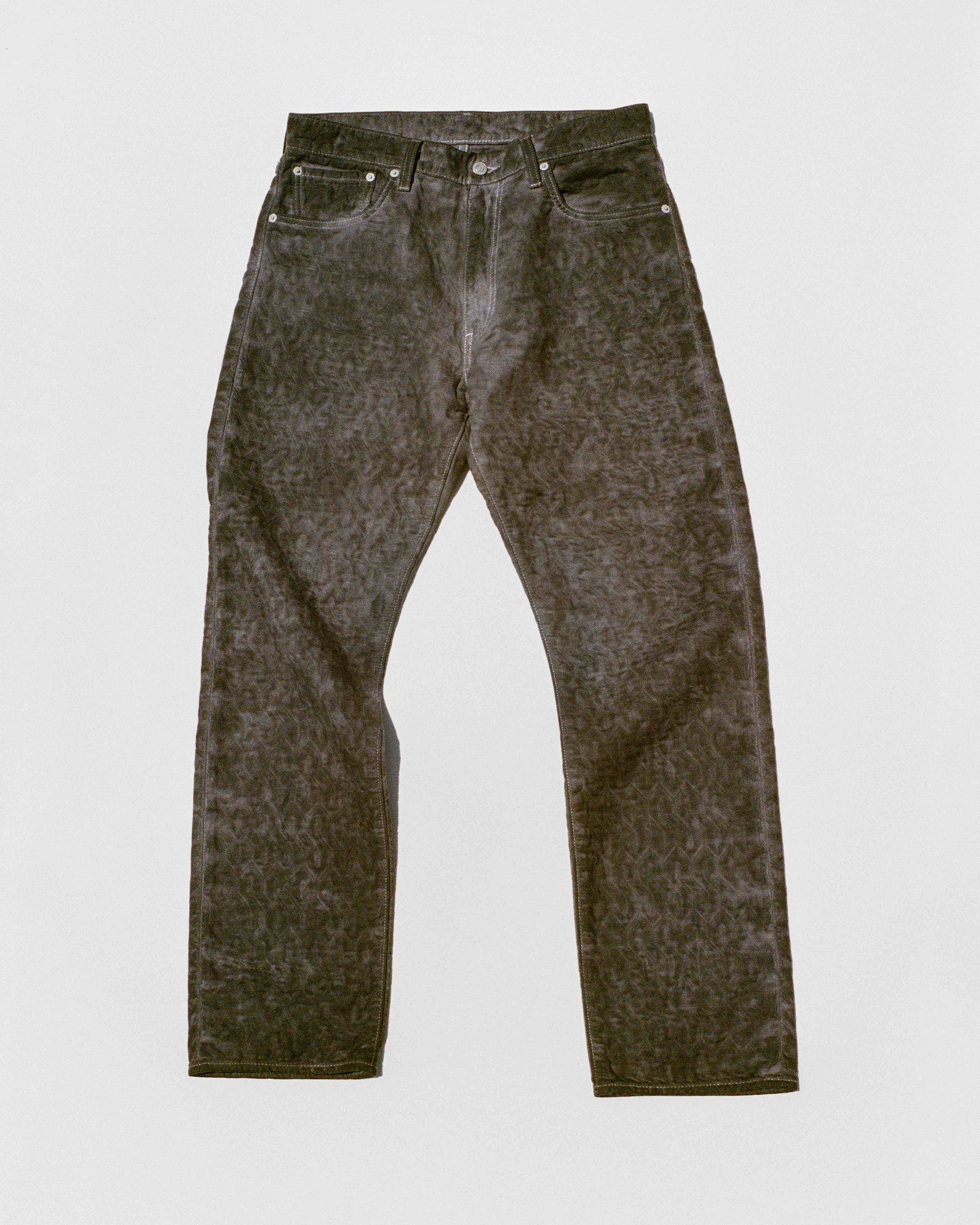
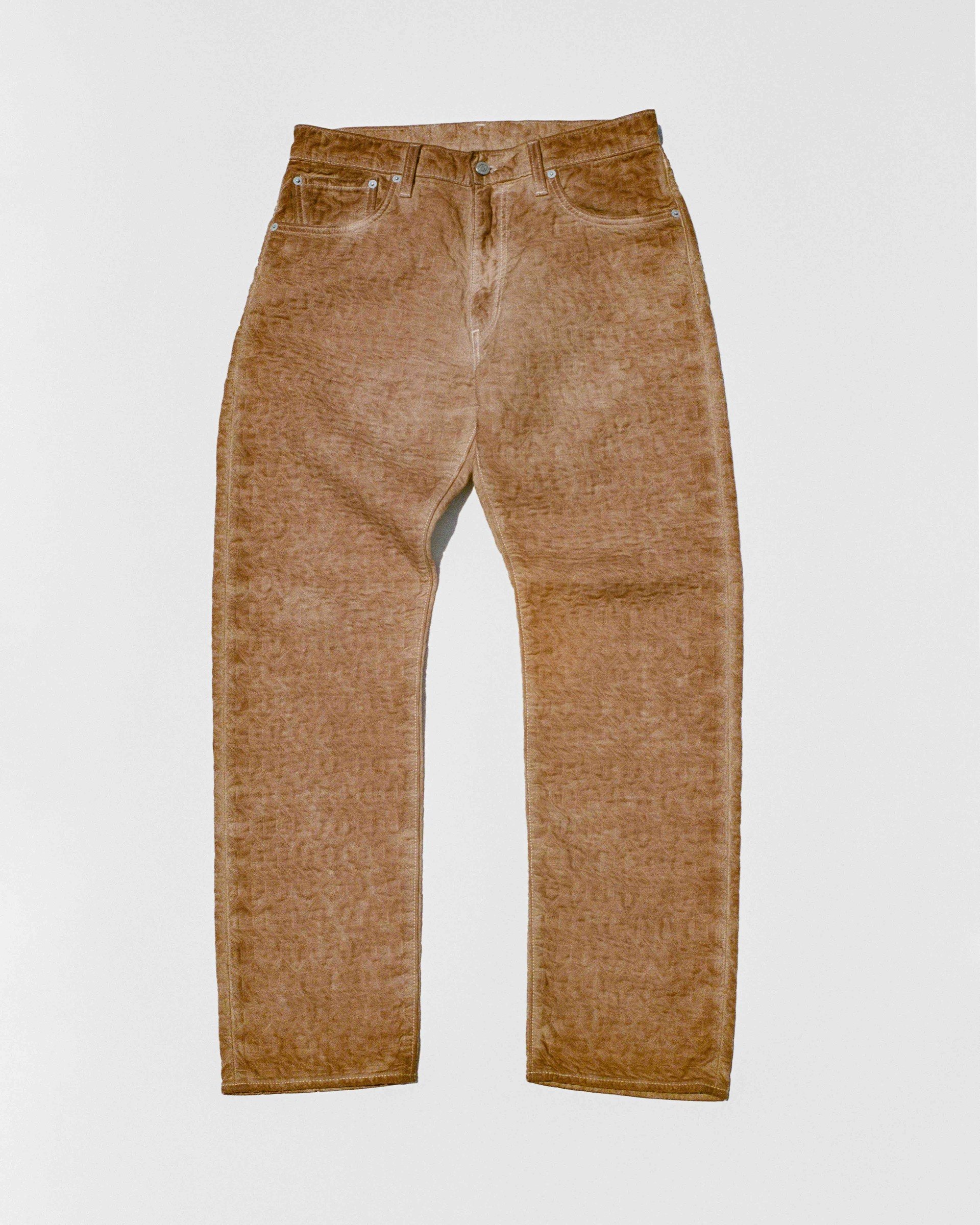
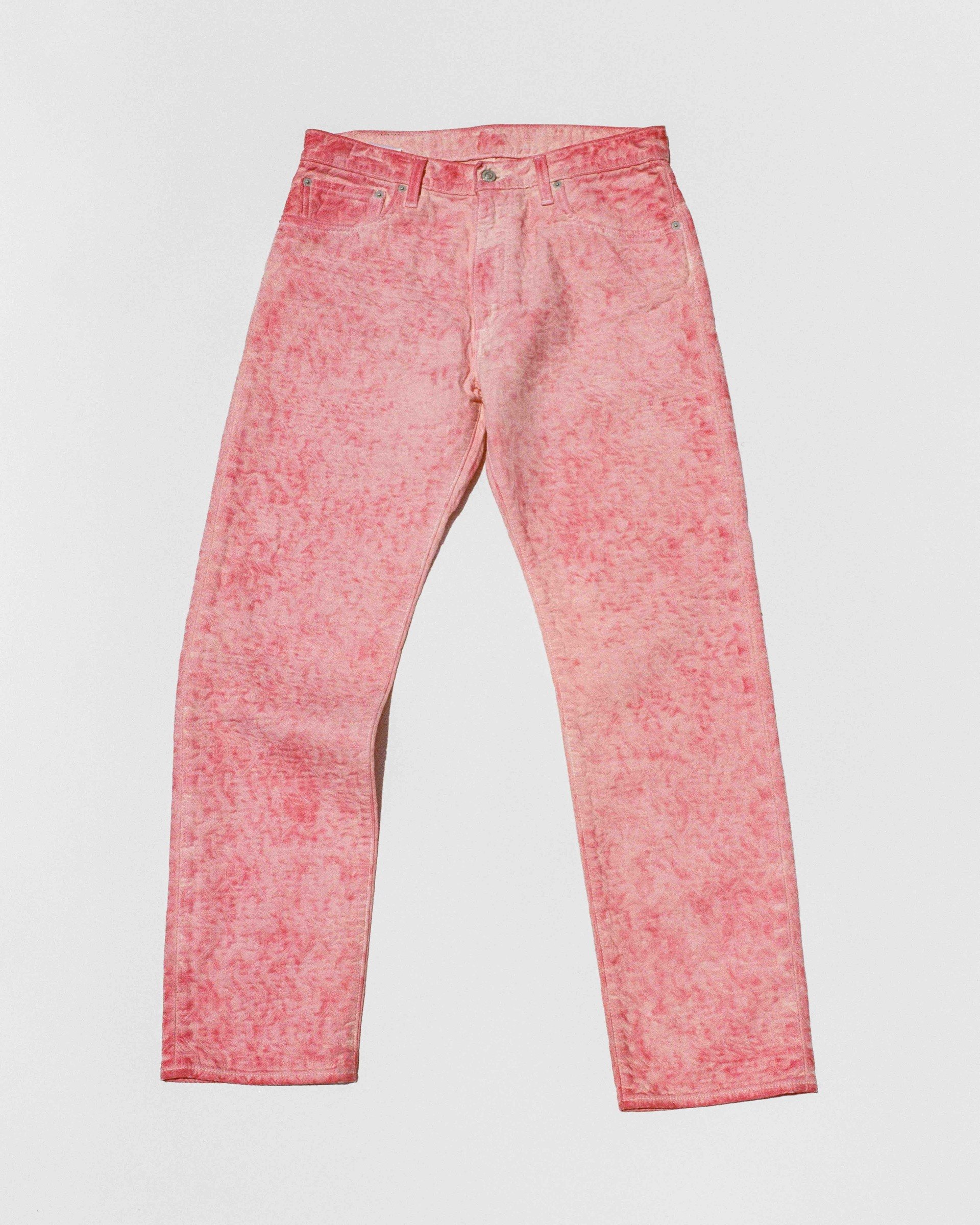
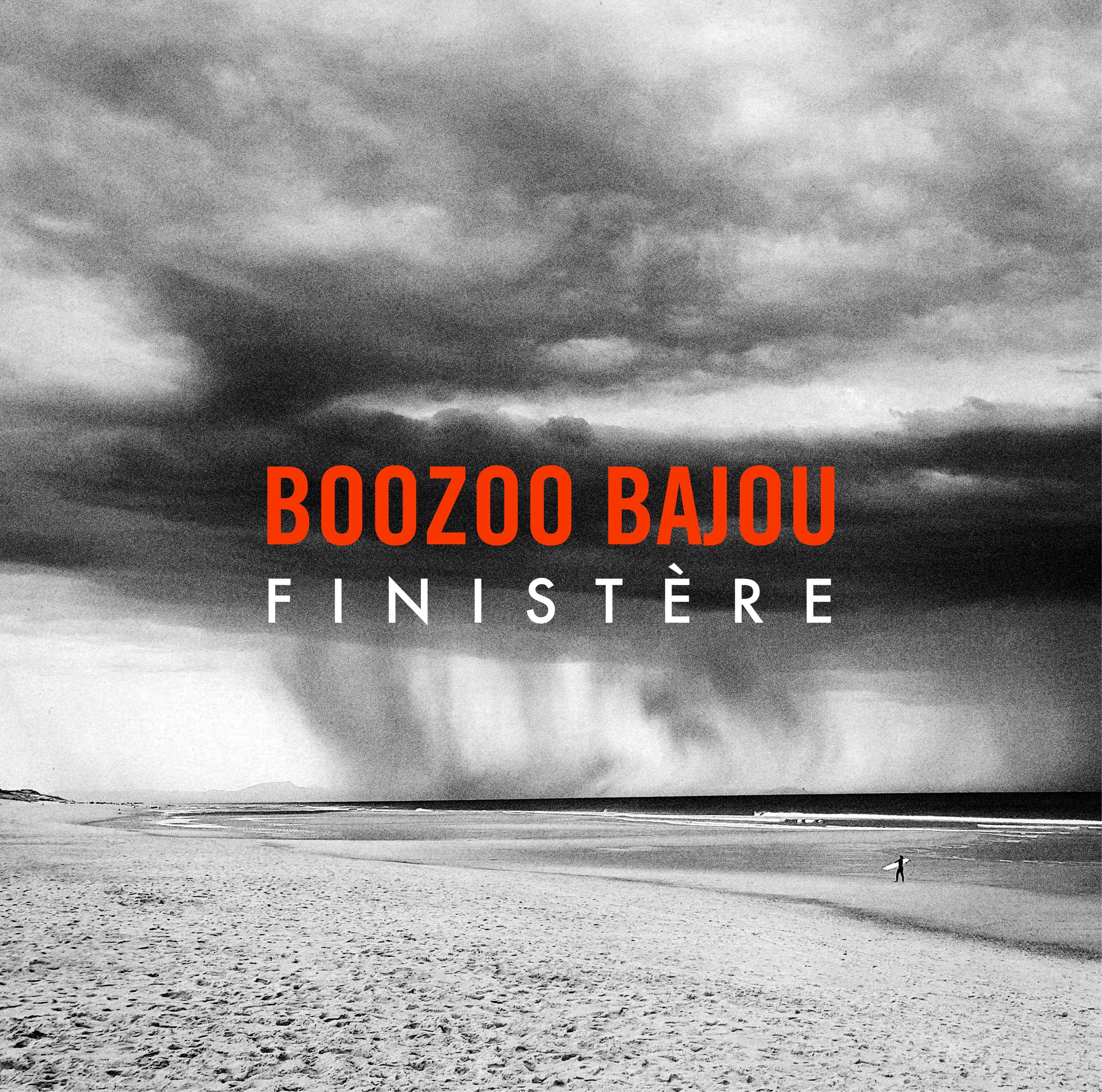
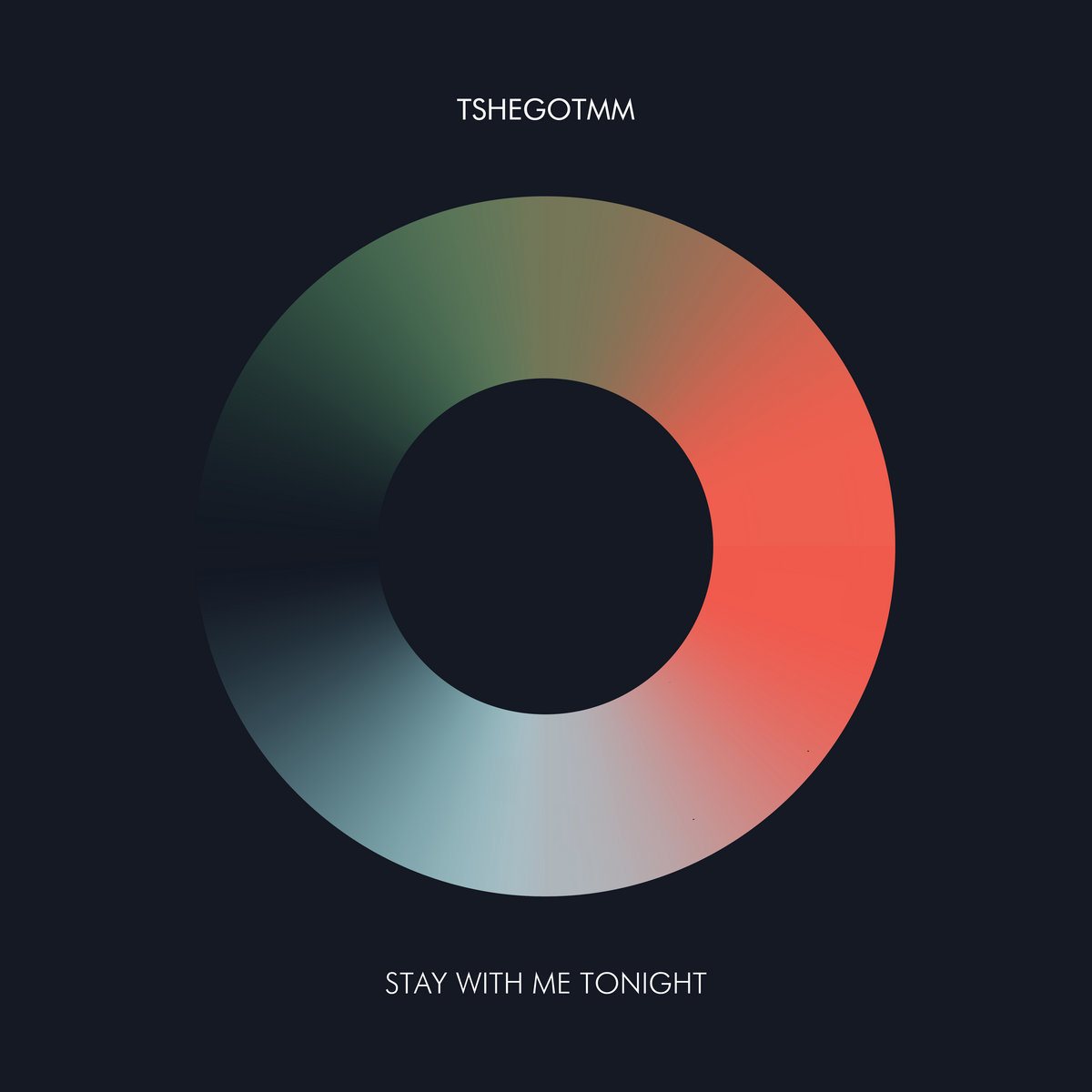
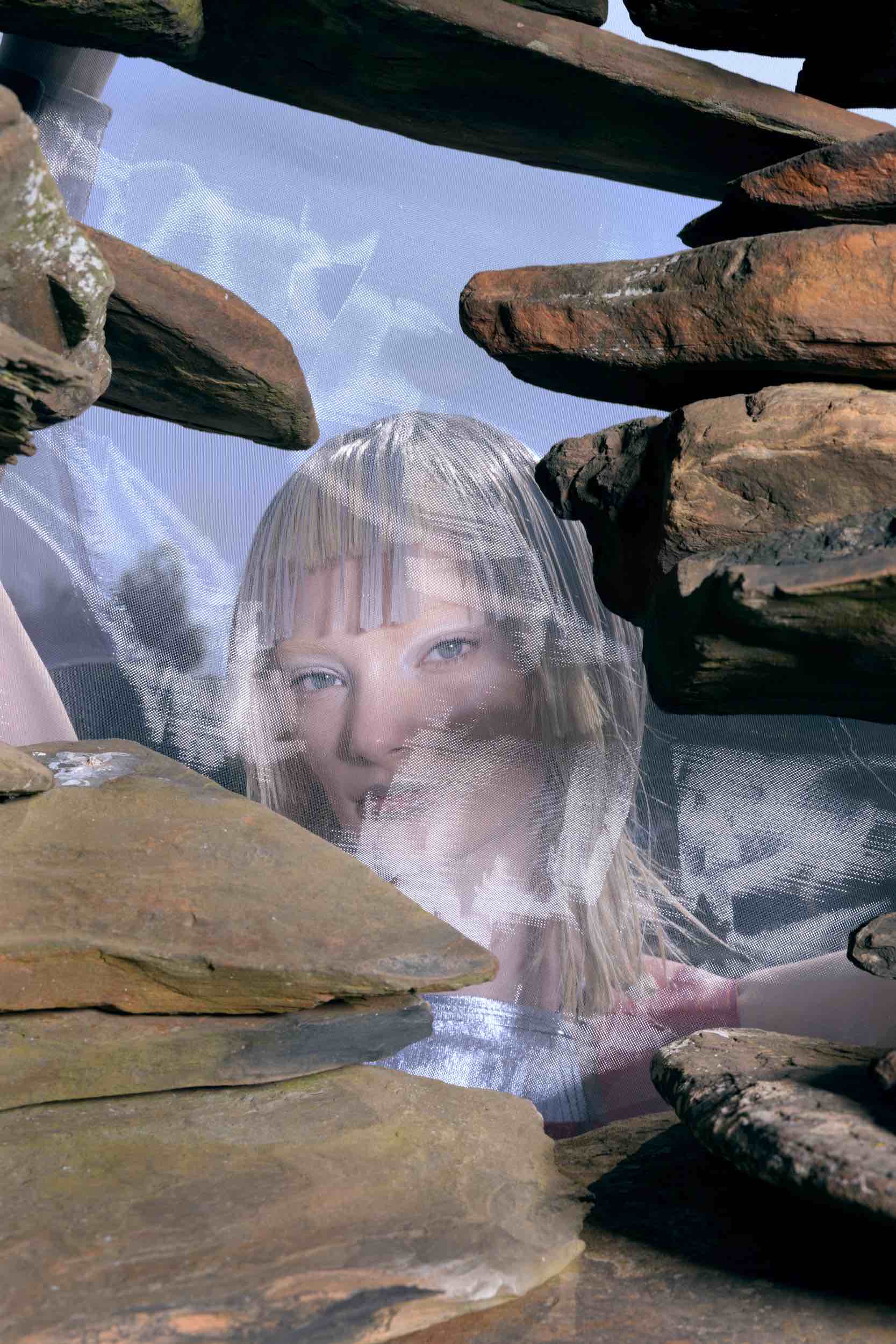
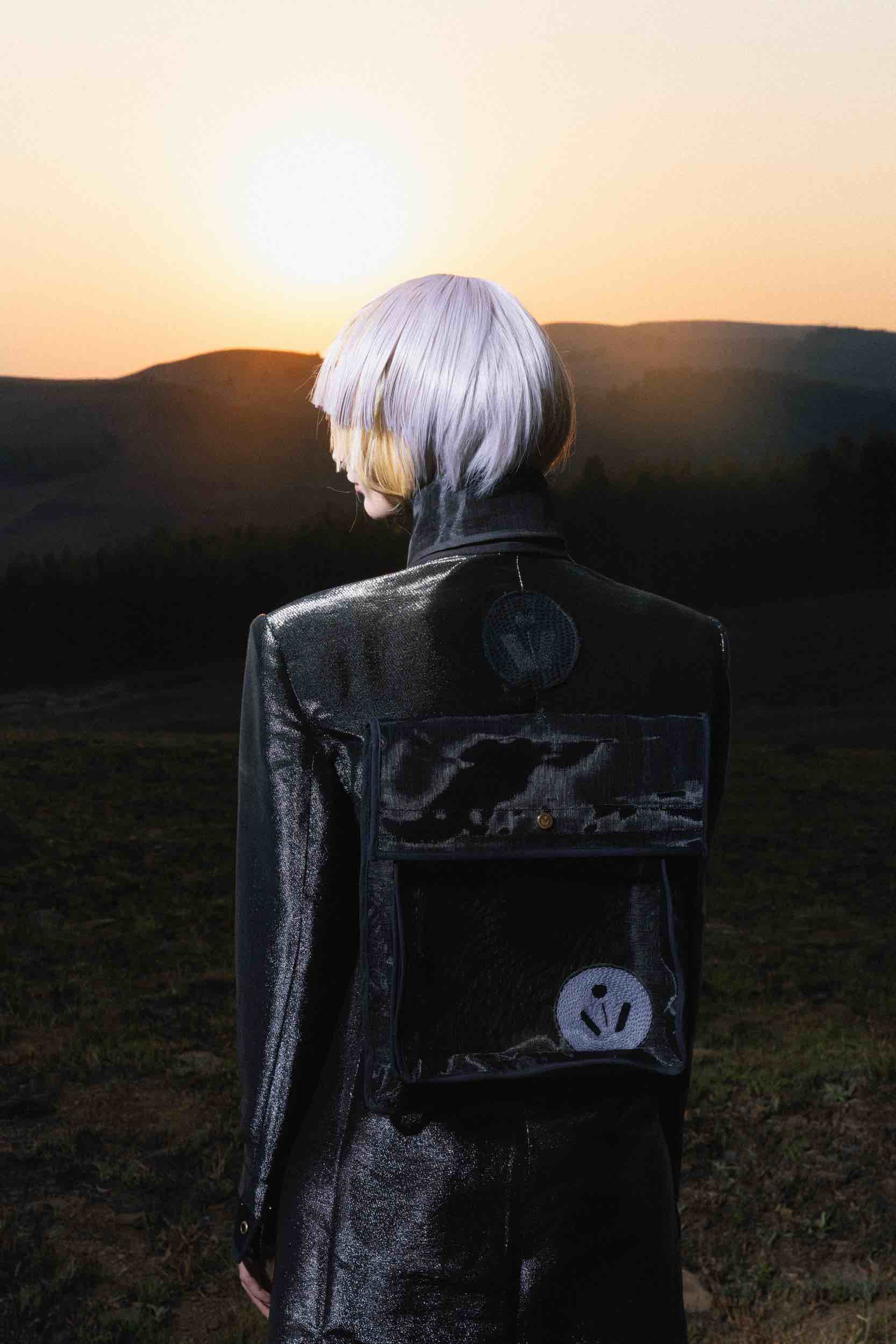
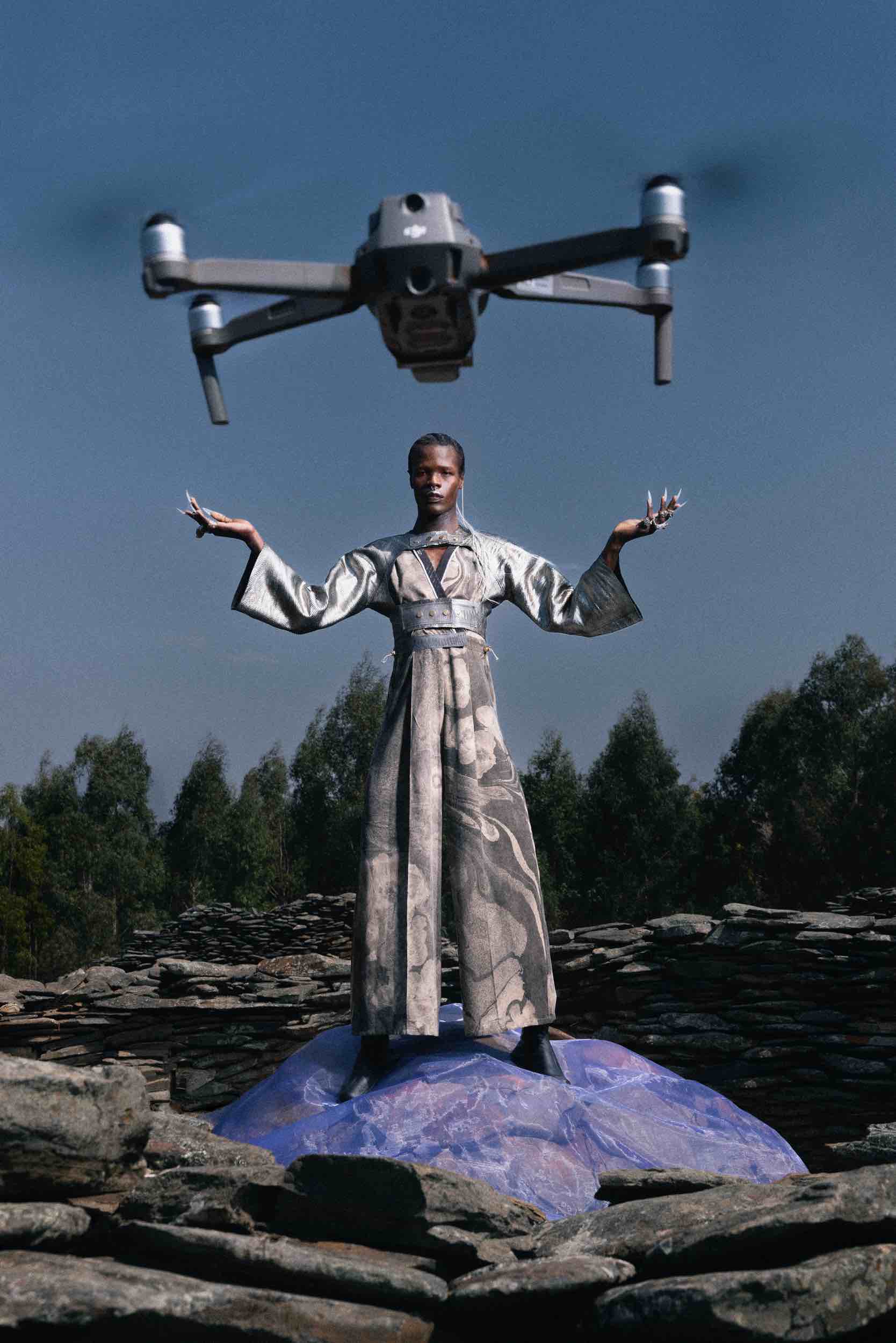
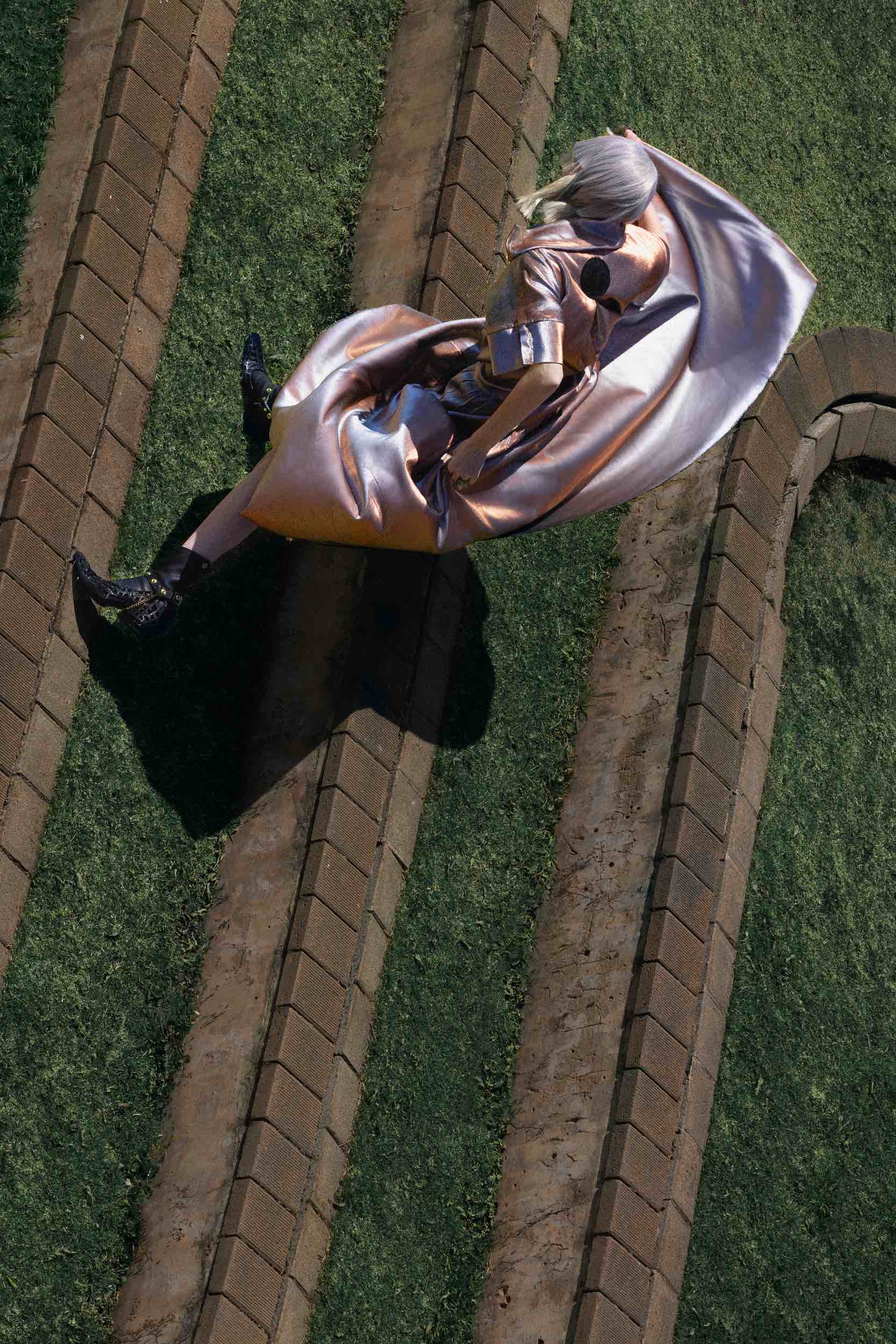
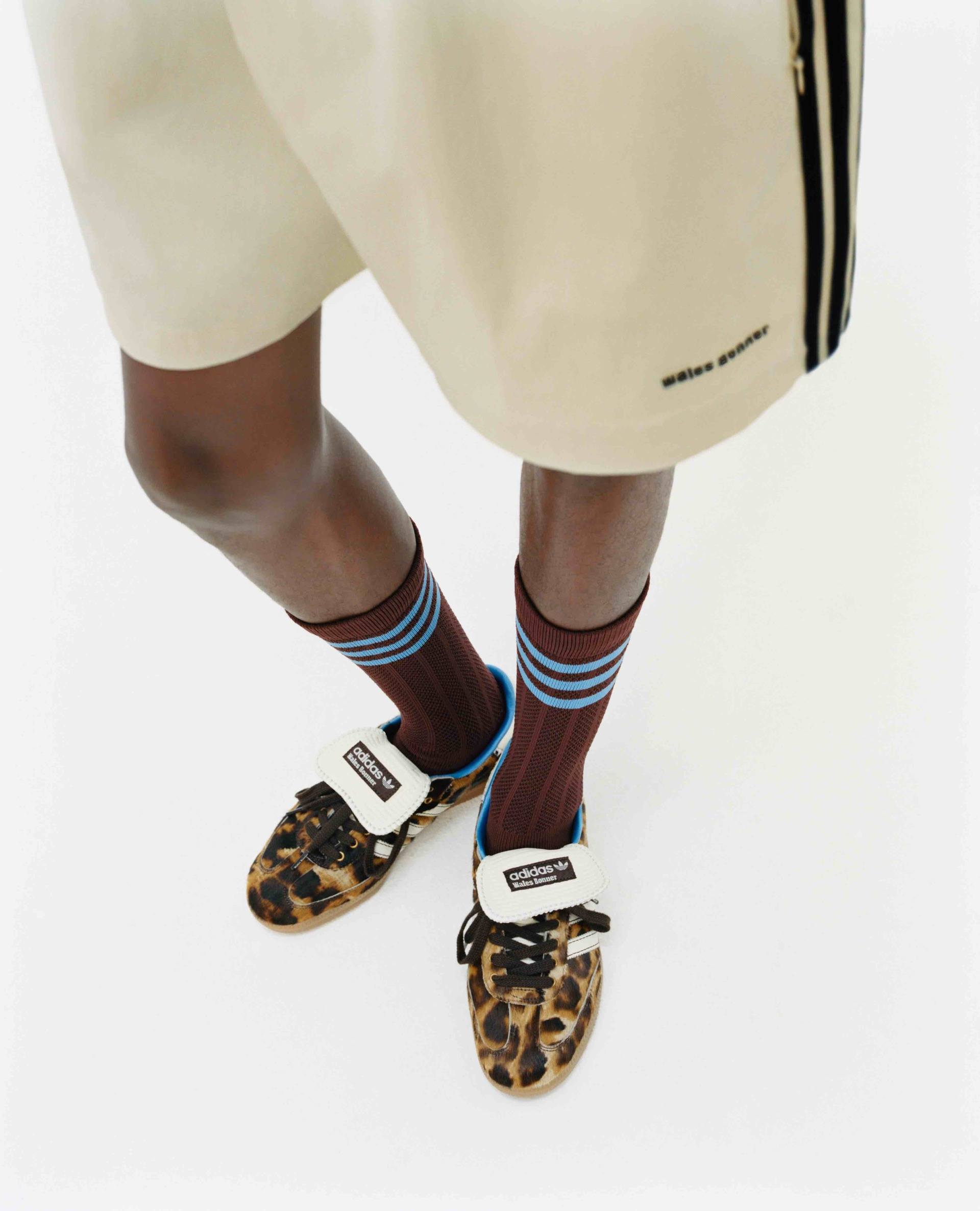


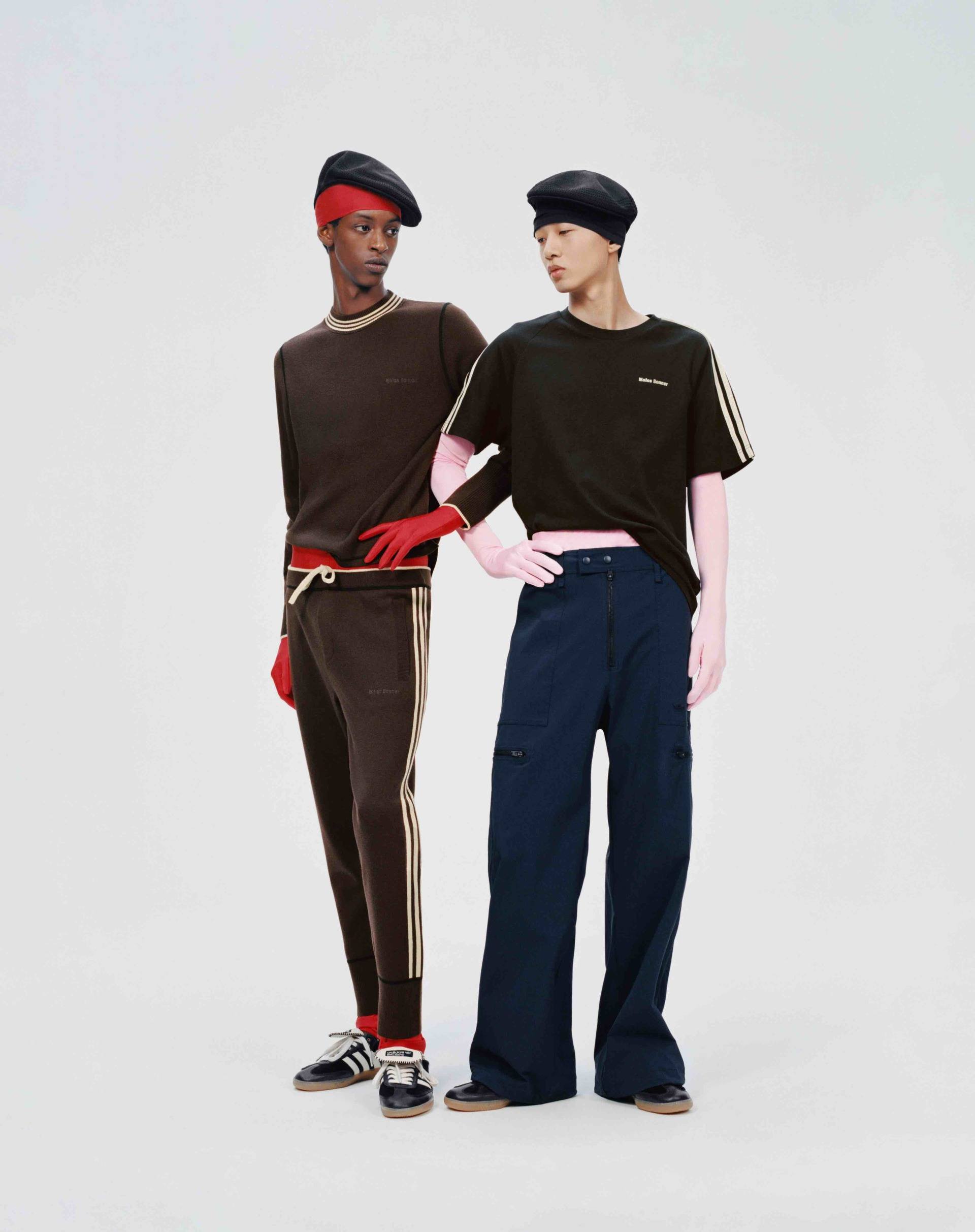
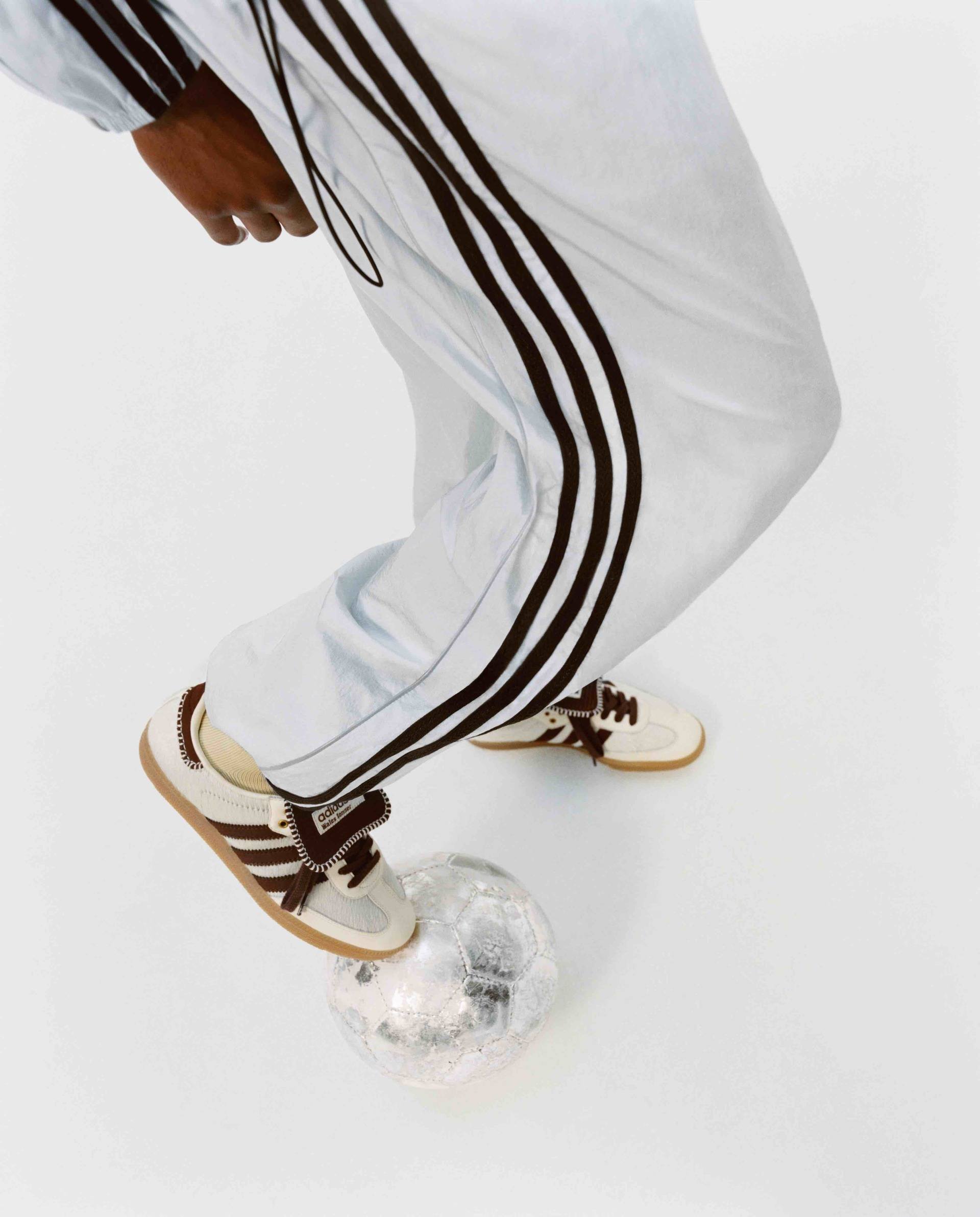



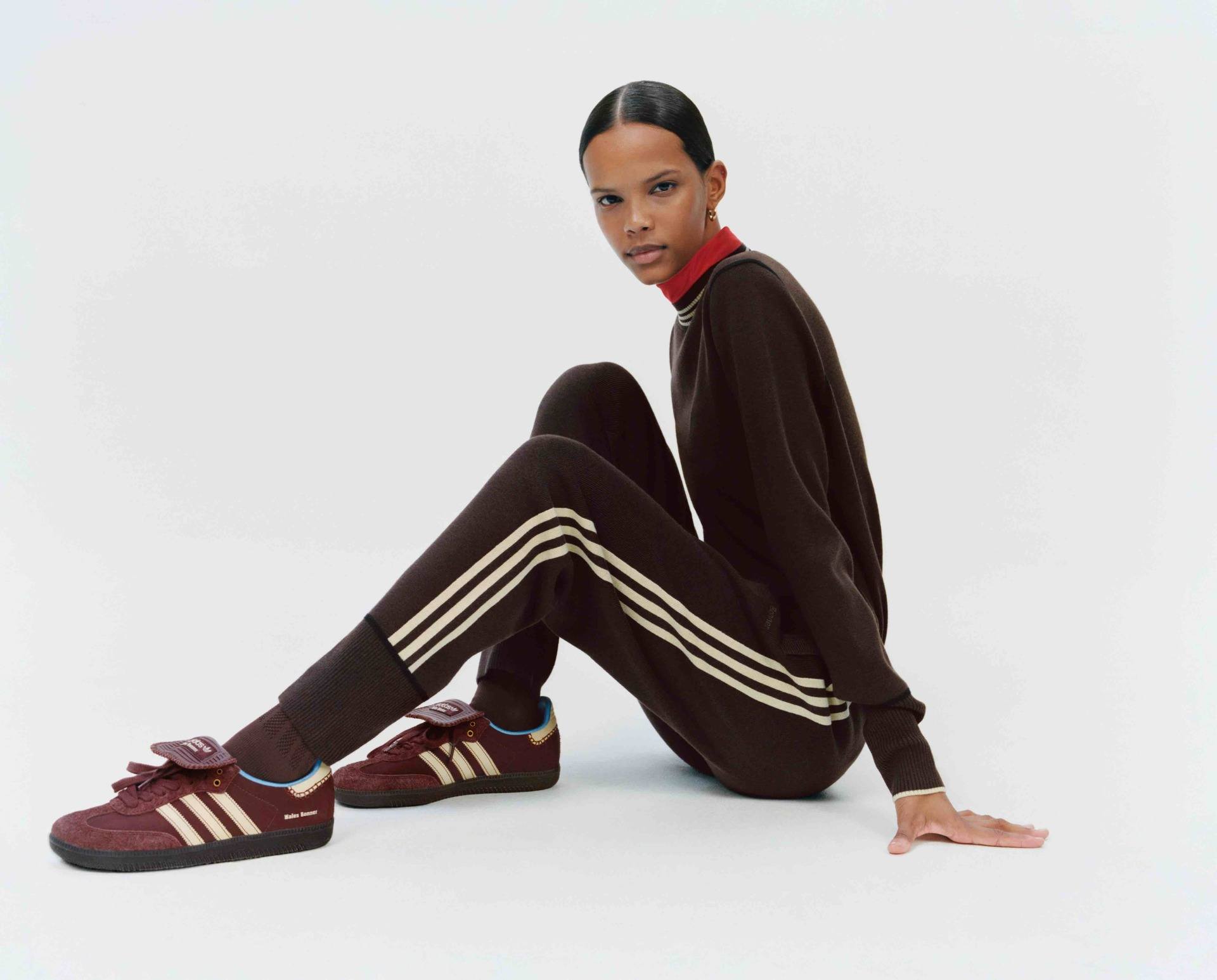
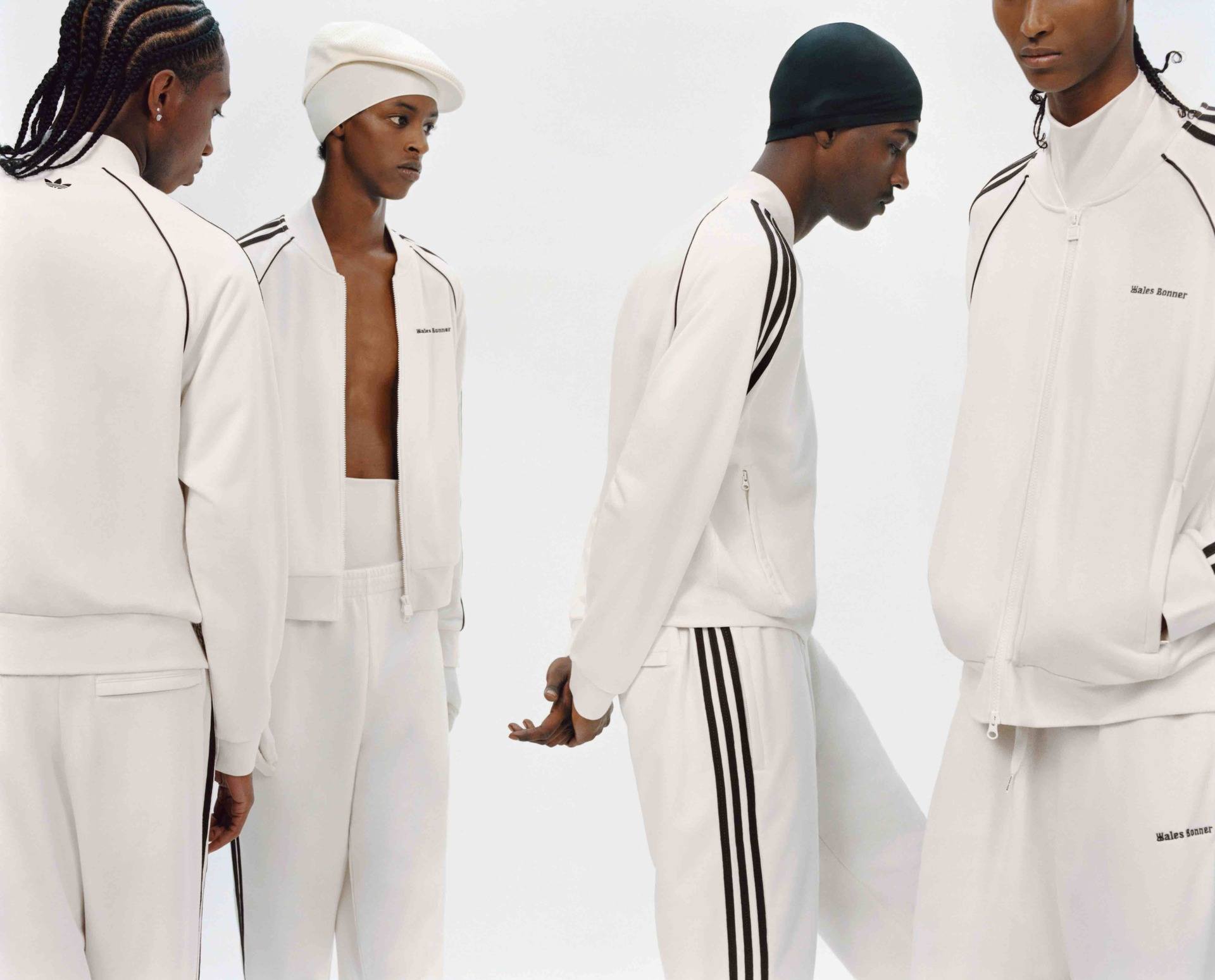

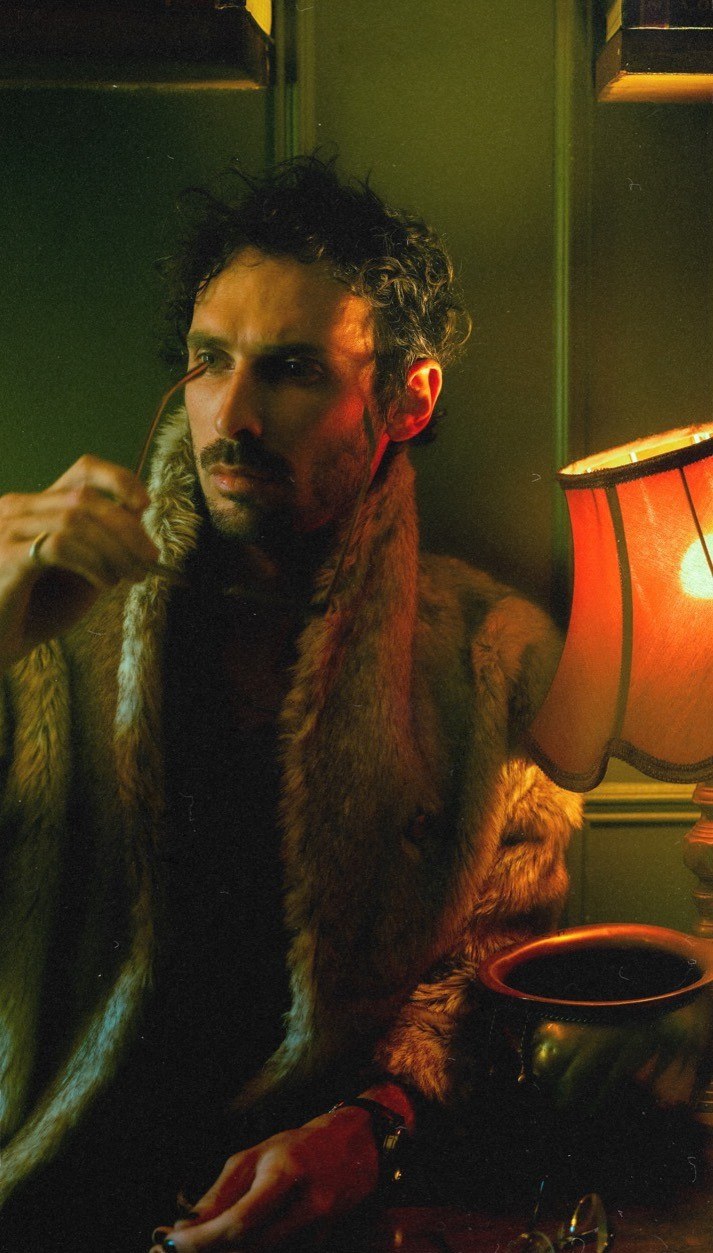





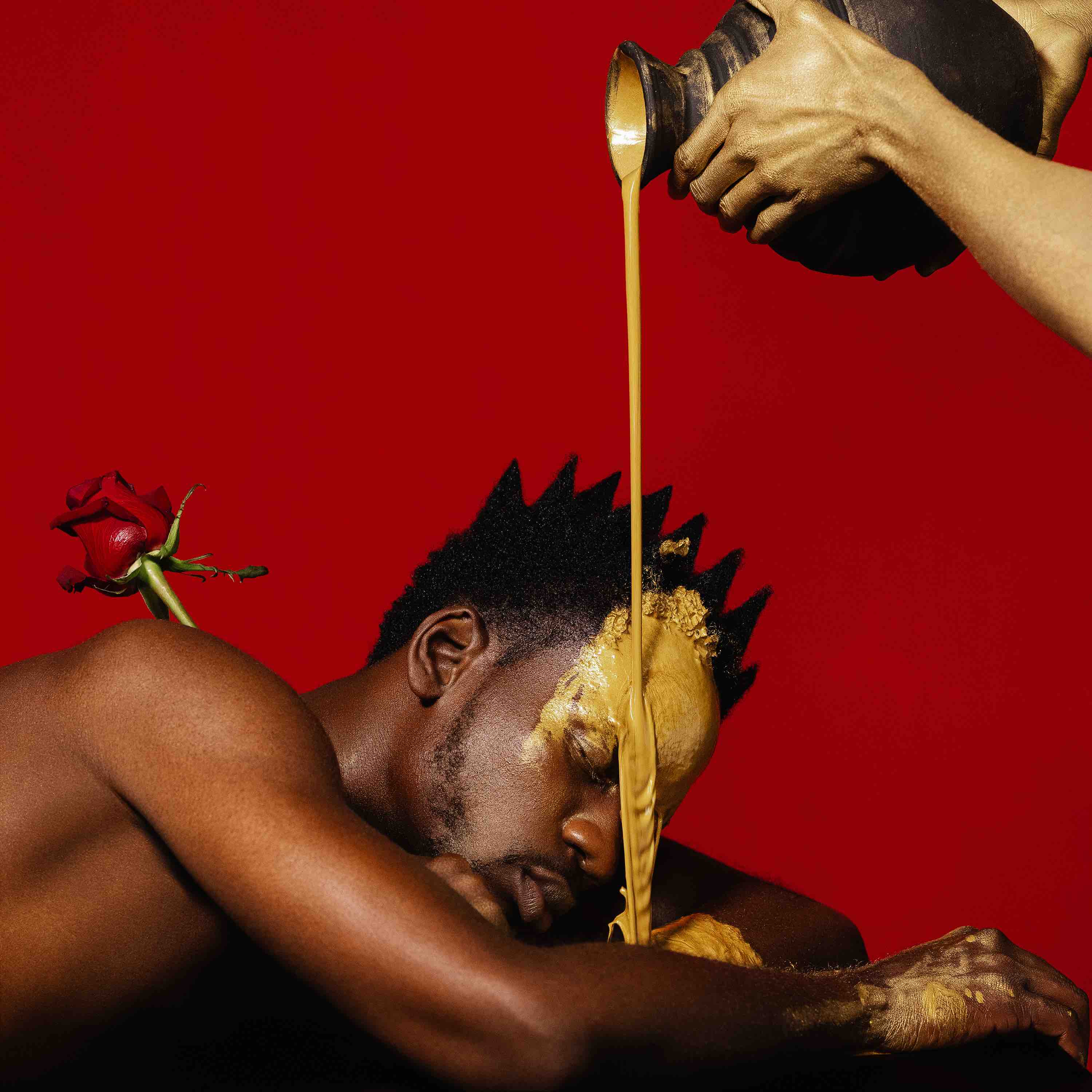
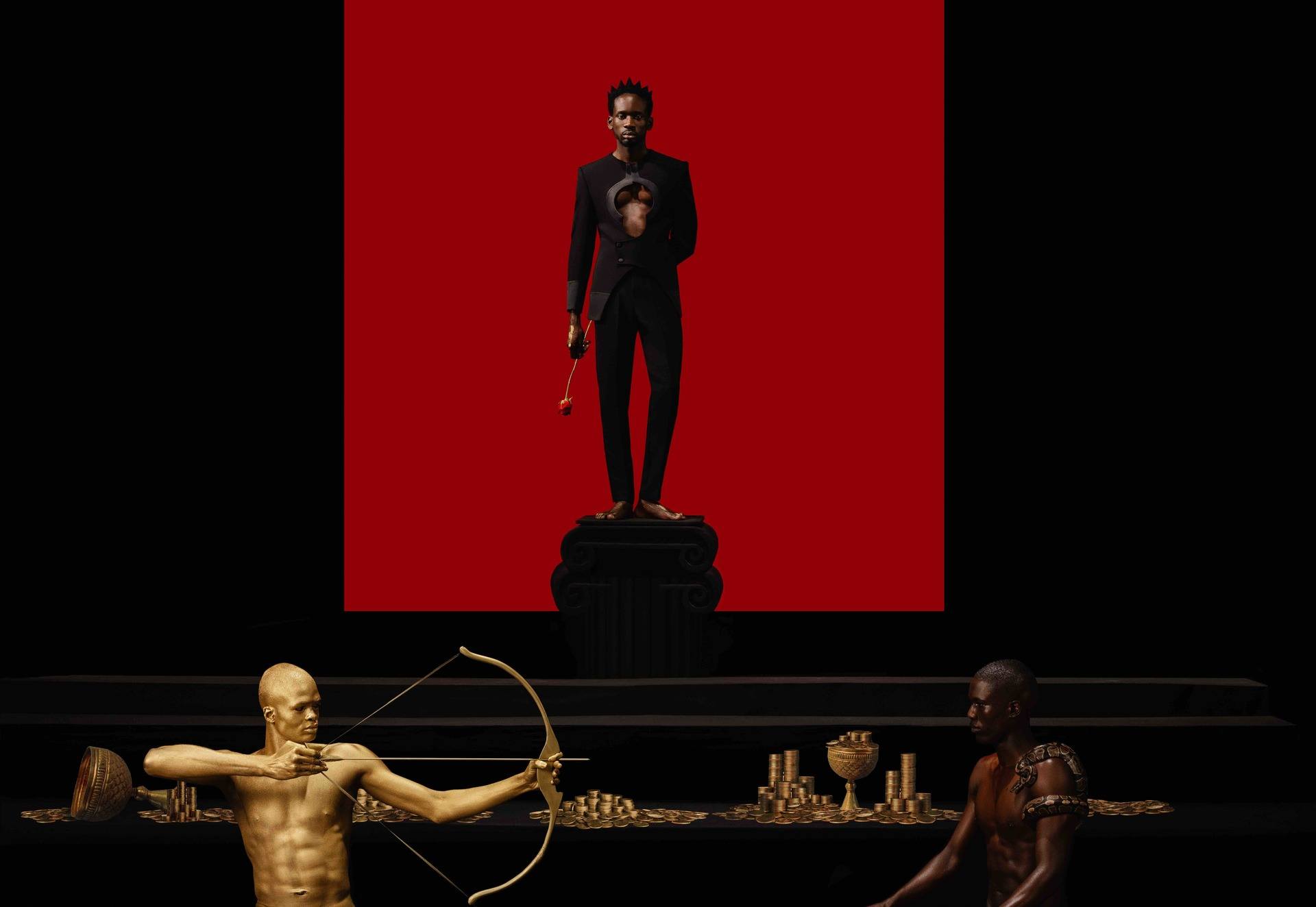

Recent Comments